In the second quarter to August 2, the iconic department store said it had continued to register double-digit sales growth, despite the turbulent trading conditions since its year end.
According to Companies House figures, the retailer posted a sales uplift – including concessions – of 13.5 per cent to£688.3 million during the year. EBITDA was£98.1 million, an 11.5 per cent rise on the previous year.
The iconic Knightsbridge store notched up double-digit growth in its international luxury brands, fine jewellery, womenswear, fashion accessories, childrenswear, furniture and menswear departments.
Profit after tax was£34 million, compared with£31 million the previous year.
A spokeswoman for Harrods said that the retailer was “by no means complacent” about its market-busting performance. She added: “Our robust performance during the year has been underpinned by sustained investment.”
The retailer has opened or refurbished a number of its floors and departments, including designer childrenswear, travel goods, soft accessories and ladies shoes. It also opened an outlet at Heathrow’s Terminal 5.
The performance contrasts with many retailers’ fortunes on the UK high street, which has seen a string of businesses hit the buffers this year and trade fall-off as consumer confidence slumps to its lowest levels.
Harrods has been well placed to counter the downturn due to the resilience of the luxury market and its strong business with overseas tourists. The weakness of the pound encouraged high levels of tourist spending in London over the summer.
Strategic advisor to Deloitte Richard Hyman said: “Competition in the department store sector is intensifying both because there is more floor space and because of the general economic pressure for consumers, whether they are from the UK or overseas. Anyone who can produce strong underlying growth is doing particularly well.”


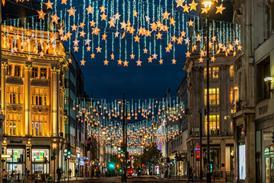



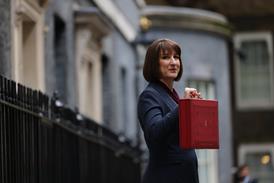



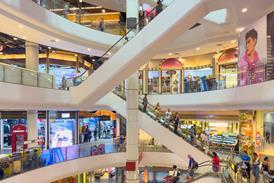

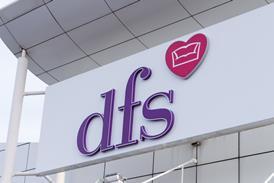










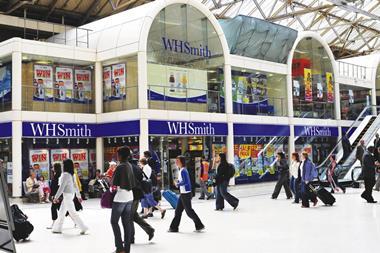


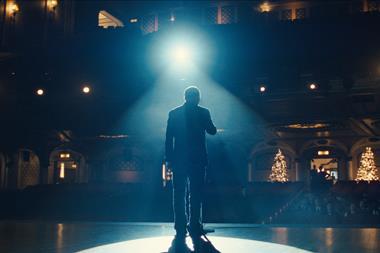

No comments yet